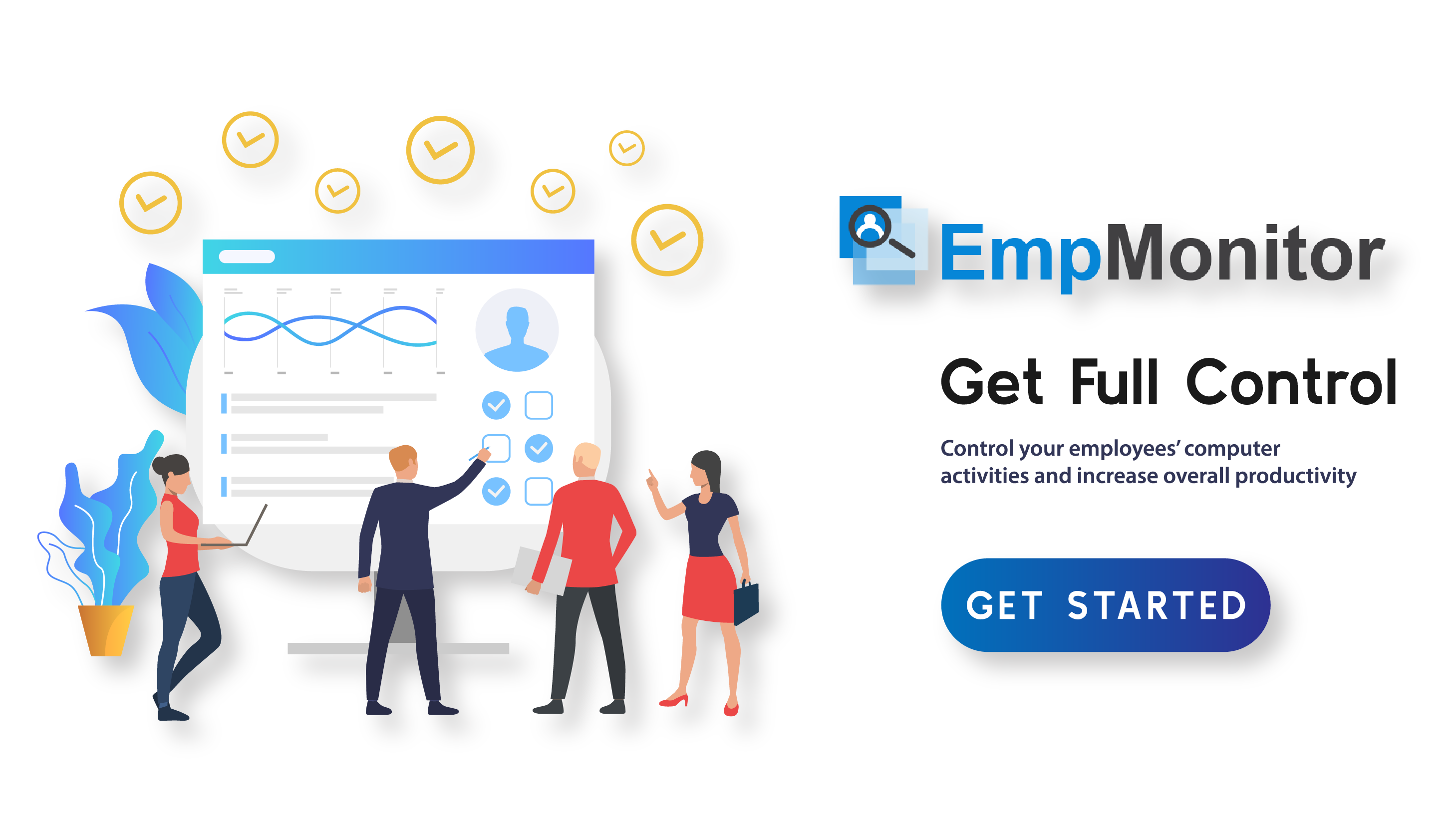For any organisation, the workforce is a valuable asset, and effective management of this asset is essential for achieving business success. With new technologies, changing work patterns, and evolving employee expectations, workforce management has become a complex and dynamic process that requires a strategic approach and a set of best practices.
Effective workforce management is crucial for achieving business goals, improving productivity, and ensuring employee satisfaction. In this blog post, we will explore some of the top tips and practices for successful enterprise workforce management.
We will cover everything from workforce planning and scheduling to talent development and employee engagement, giving you the tools and strategies you need to succeed.
So, let’s dive in and discover how you can optimise your enterprise workforce management in the years to come.
Hit the Play Button & Listen to This Article
| Table of Contents
What is Enterprise Workforce Management? Why is Enterprise Workforce Management Important? Enterprise Workforce Management software “EmpMonitor” Impact of Enterprise Workforce Management on Customer Experience Challenges in Enterprise Workforce Management Conclusion |
What is Enterprise Workforce Management?
Enterprise Workforce Management (EWM) is a process that involves managing and optimising a company’s workforce to achieve optimal efficiency and productivity. It typically includes various activities such as workforce scheduling, time and attendance management, labour forecasting, budgeting, and performance management.
EWM software is used to automate these processes and provide real-time visibility into workforce data. This allows organisations to make data-driven decisions about their workforce and allocate resources effectively.
Enterprise workforce management is an important aspect of human resource management that can help organisations achieve their business goals by maximising the productivity and efficiency of their workforce.
Why is Enterprise Workforce Management Important?
Enterprise Workforce Management is important for several reasons. Firstly, it helps companies to optimise their workforce, ensuring that businesses have the appropriate individuals, in the appropriate locations, at the appropriate times. This results in increased productivity and enhanced customer satisfaction, both of which are essential for achieving long-term success.
Secondly, it helps businesses comply with labour laws and regulations. Through automated time and attendance tracking, companies can ensure that they are accurately recording employee hours and complying with labour laws, such as minimum wage requirements and overtime regulations. This not only helps to prevent legal issues but also fosters a positive work environment, where employees feel valued and respected.
Thirdly, enterprise workforce management also helps companies reduce labour costs by streamlining staffing and scheduling, reducing overstaffing and unnecessary overtime costs.
This can have a substantial impact on the bottom line, freeing up resources that can be invested in other critical areas of the business. Thus companies can achieve cost savings while maintaining high levels of productivity and customer satisfaction.
Enterprise Workforce Management software “EmpMonitor”
To achieve the benefits of enterprise workforce management, organisations need to implement enterprise workforce management software like EmpMonitor. This tool automates manual processes, reduces administrative tasks, and provides insights into workforce performance.

- Time tracking and attendance management: EmpMonitor can help businesses accurately track the time and attendance of their employees. This ensures that employees are working their scheduled hours and are being paid correctly, which can save the business money in the long run.
- Productivity analysis: EmpMonitor provides businesses with insights into employee productivity. This information can help businesses identify areas where employees may be struggling and provide targeted training or coaching to improve their performance. It can also help businesses identify their most productive employees and reward them accordingly.
- Employee scheduling: EmpMonitor makes it easy for businesses to create and manage employee schedules. This ensures that the right employees are in the right place at the right time, which can improve efficiency and reduce the likelihood of errors or missed deadlines.
- Task management: EmpMonitor allows businesses to assign tasks to employees and track their progress. This can help businesses ensure that tasks are completed on time and can provide visibility into employee workloads.
- Remote work management: With more employees working remotely, EmpMonitor can help businesses manage their remote workforce. It provides businesses with insights into how their remote employees are spending their time and can help ensure that they are working effectively.
Impact of Enterprise Workforce Management on Customer Experience
Enterprise Workforce management has a significant impact on the customer experience. The workforce is responsible for providing services to customers, and their management can determine whether customers are satisfied or dissatisfied with the service they receive.
Revolutionising Workforce can ensure that customers receive prompt, efficient, and courteous service, which can result in positive feedback, repeat business, and referrals. On the other hand, poor workforce management can lead to long wait times, unresponsive employees, and inconsistent service quality, all of which can result in negative customer experiences.
To achieve effective workforce management, one can consider using EmpMonitor, which can assist with tracking employee productivity, managing work schedules, and optimising workforce performance. With EmpMonitor, businesses can ensure that their workforce is well-managed, resulting in a positive impact on the customer experience.
Challenges in Enterprise Workforce Management
While enterprise workforce management can be incredibly advantageous, it’s important to note that its implementation can also present certain challenges for organisations. Below are the two common hurdles that businesses may encounter when adopting this approach:
Resistance to Change:
Resistance to change is a common challenge faced by organisations when implementing new enterprise management tools and strategies. Employees may resist changes in their work schedules or the introduction of new software tools because they fear the unknown or feel that the changes may negatively impact their job performance.
Organisations need to ensure that their employees are fully informed about the new implementing techniques and the benefits they bring to establish a sustainable workforce. This can help alleviate employee concerns and promote a smoother transition to the new ways of working.
Communication is key when it comes to overcoming resistance to change. Employers should provide clear and concise information about the new implementing techniques, including the reasons behind the changes and the benefits they will bring to employees and the organisation as a whole. This can help employees understand the need for change and feel more comfortable with the new methods.
It’s also essential to provide training and support to employees to ensure they have the skills and knowledge required to use the new tools effectively. This can help build employee confidence and reduce resistance to change.
Data Security and Privacy:
Data security and privacy concerns are important considerations for organisations using workforce management software tools. These tools store sensitive employee data, including personal information and attendance records, making it essential to select software that strictly complies with data security and privacy laws and regulations.
When choosing a workforce management software, organisations should prioritise data security and privacy. This means looking for software that offers robust security features, such as encryption and access controls, to protect against unauthorised access and data breaches. The software should also comply with relevant data privacy regulations, such as GDPR and PDPA, to ensure that employee data is collected, stored, and used in a lawful and ethical manner.
Organisations should also ensure that their employees are aware of the data security and privacy policies surrounding the use of the software. This can include providing training on how to use the software securely, as well as establishing clear guidelines on how employee data should be handled and stored.
Read More:
Revolutionize Workforce With the Ultimate Time Tracking Software For Employees
The Need For Contingent Workforce Management to Boost Your Business
Wrapping Up!
It is evident that enterprise workforce management is an essential element of modern-day business operations. It provides organisations with the tools and enterprise workforce management solutions necessary to streamline their operations, optimise employee performance, and enhance productivity.
Effective workforce management requires a focus on planning, monitoring, and adapting to changes in the business environment. By embracing technology and investing in the necessary infrastructure and talent, organisations can improve their ability to manage their workforce effectively.
A successful enterprise workforce management requires a commitment to ongoing improvement and a willingness to adapt to changes in the business landscape. By implementing the strategies and techniques discussed in this blog, organisations can achieve their goals and position themselves for long-term success in a highly competitive business environment.













